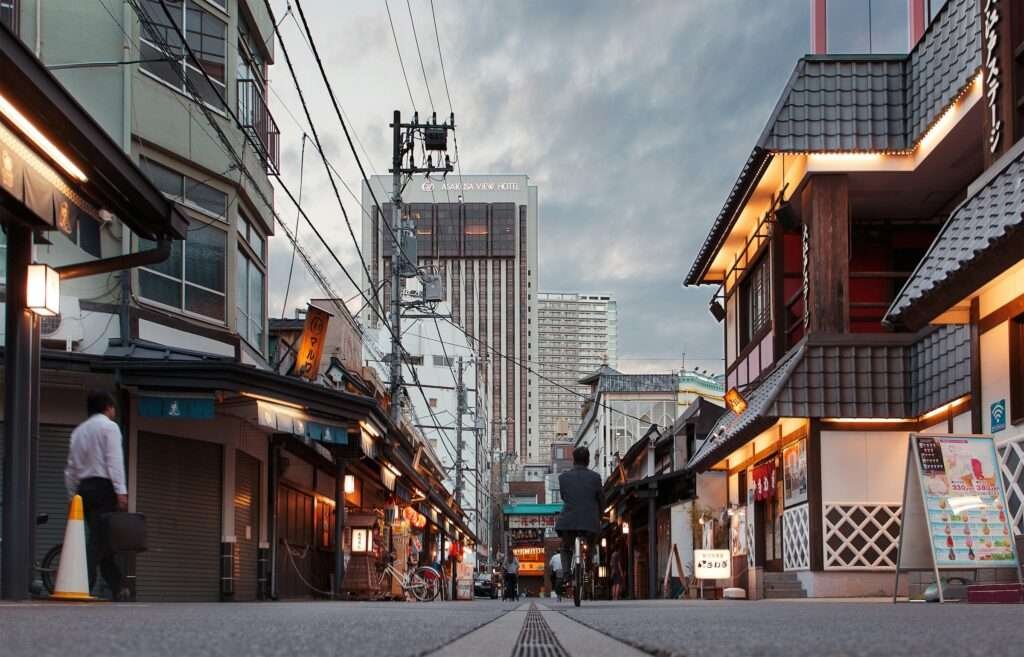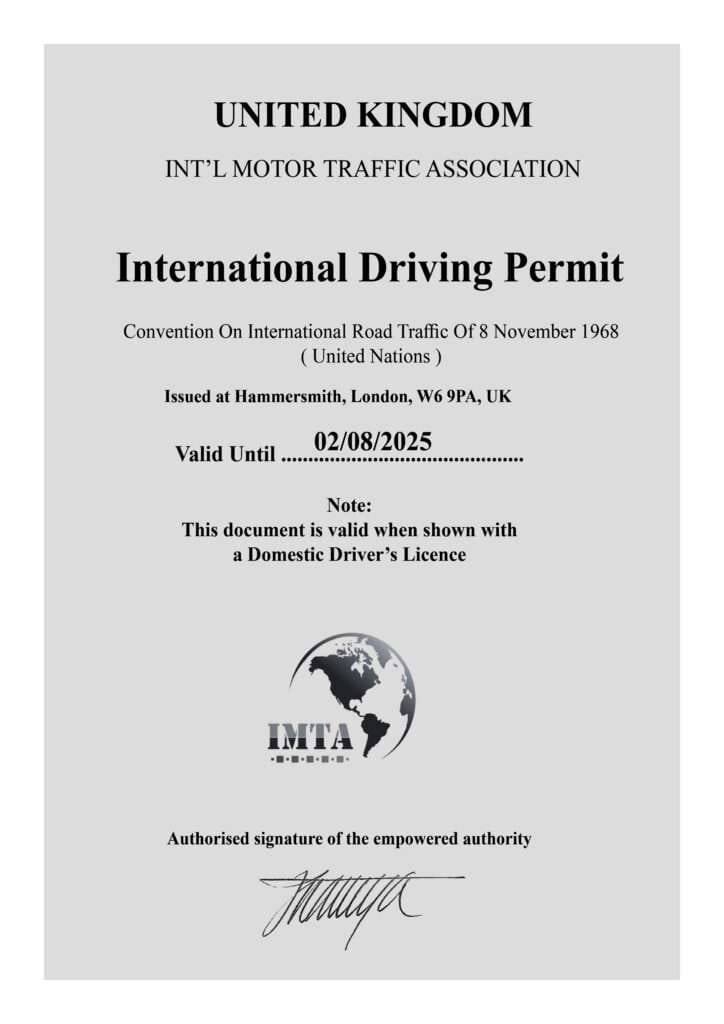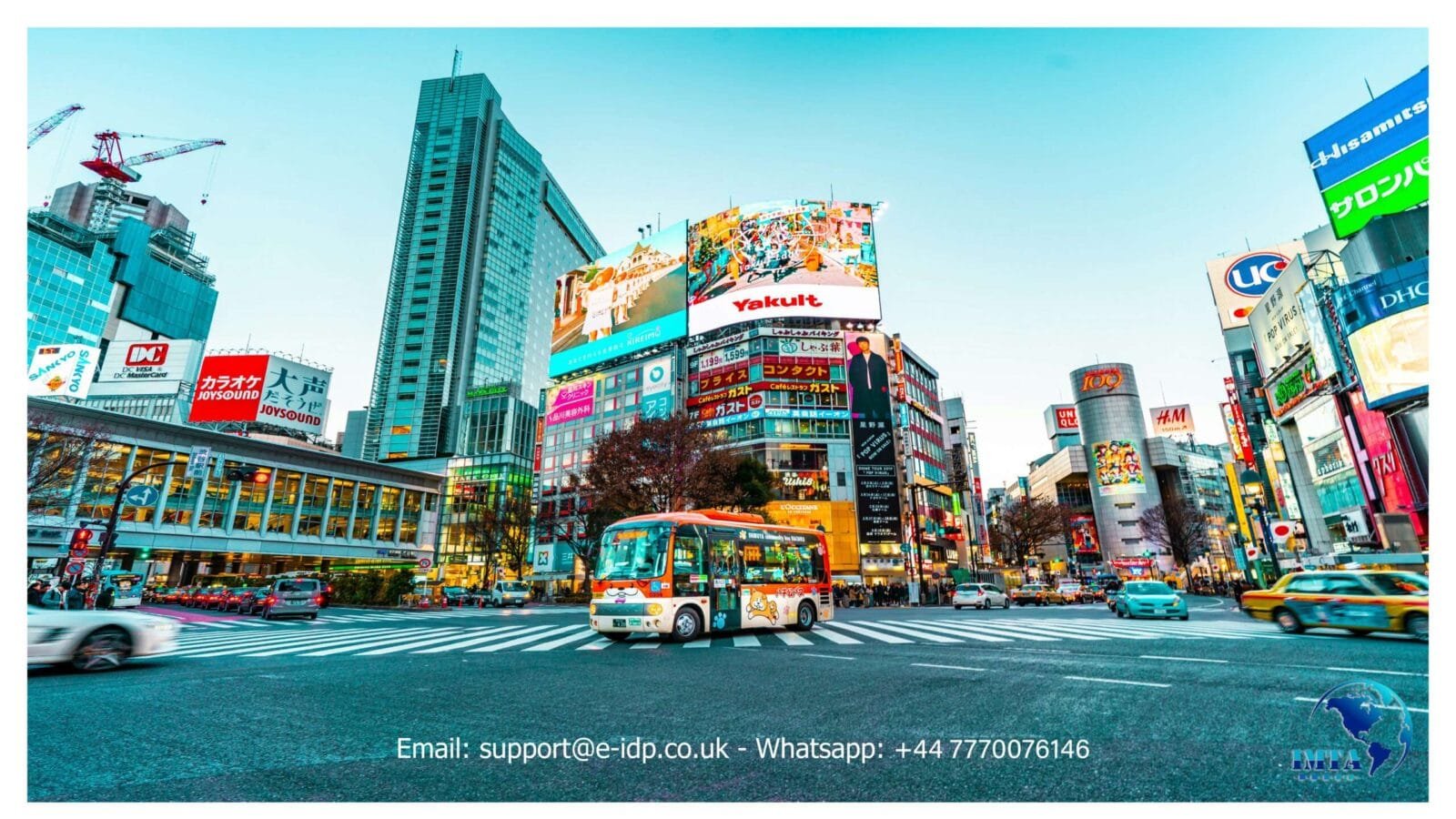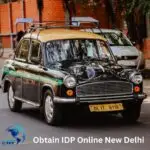Japan Driving Guide, international driver’s license Japan International driving permit Japan, international driver’s licence Japan, Get IDP online Japan.
Driving in Japan offers an incredibly unique and fulfilling experience, allowing you the freedom to discover the country’s diverse landscapes at your own leisure. However, it’s important to be mindful of the specific rules and customs in place. Here’s an in-depth overview of driving in Japan:

1. Driving License and Age Requirements
– International Driving Permit (IDP): Visitors are required to have an IDP issued under the 1949 Geneva Convention or a translation of their license into Japanese by the Japan Automobile Federation (JAF). Some national licenses, such as those from Switzerland, Germany, France, Belgium, Monaco, and Taiwan, only require a certified translation, not an IDP.
– Minimum Age: The minimum age for driving a car in Japan is 18 years.
2. Driving on the Left
– In Japan, driving is done on the left-hand side of the road. This may require a significant adjustment for those accustomed to driving on the right.
3. Road Signs and Navigation
– Road Signs: Most road signs are displayed in both Japanese and English, especially on major roads and highways. However, in rural areas, signs may only be in Japanese.
– GPS: Japanese cars often feature GPS systems, but they may be in Japanese. Some rental agencies provide English-language GPS or smartphone navigation apps, which can be immensely helpful.
4. Speed Limits
– Highways: 100 km/h (62 mph)
– Urban Areas: 40-50 km/h (25-31 mph)
– Rural Roads: 50-60 km/h (31-37 mph)
– Speed limits are rigorously enforced, and violating them can lead to substantial fines.
5. Traffic Rules
– Seat Belts: Compulsory for all passengers.
– Mobile Phones: It’s illegal to use a mobile phone while driving unless you have a hands-free device.
– Drinking and Driving: Japan maintains a zero-tolerance policy for drinking and driving. The legal blood alcohol limit is 0.03%, and the repercussions are severe, including heavy fines, imprisonment, and deportation for foreigners.
– Stop Signs: Stop signs usually take the shape of a red triangle and display “止まれ” (Tomare). A complete stop is required at these signs.
– Pedestrians: Pedestrians have the right of way at all pedestrian crossings. It’s essential to yield to them.
6. Highways and Toll Roads
– Japan’s highways are well-maintained but often require toll fees. These fees can accumulate rapidly, especially on long journeys.
– ETC (Electronic Toll Collection): Many rental cars are equipped with an ETC card reader, allowing you to pass through toll booths without stopping. Payment is either made later or upon returning the car.
– Expressways: These are the quickest roads in Japan and often feature rest stops with amenities such as food, shops, and restrooms.
Driving in Japan can be a unique experience, and it’s important to be aware of certain guidelines to ensure a safe and smooth journey.
7. Parking
– Finding parking in urban areas can be challenging. Paid parking lots are common, and rates vary.
– Be mindful of time limits in metered parking areas, as illegal parking is taken seriously and can result in steep fines or vehicle towing.
8. Fueling Up
– Petrol stations are readily available, with most offering full-service. Different fuel types are standard, so make sure you know which one your vehicle requires.
9. Weather and Road Conditions
– Winter driving in northern regions or mountainous areas may require snow tires or chains.
– During typhoon season, it’s advisable to avoid driving in severe weather conditions.
10. Renting a Car
– To rent a car, you’ll need your passport, an IDP or Japanese license, and a credit card.
– Most rental cars are automatic, but manual transmission vehicles are available upon request. Consider additional insurance for peace of mind.
11. City Driving
– Major cities like Tokyo or Osaka have heavy traffic, complex road networks, and limited parking, making public transportation a more efficient option.
– In Kyoto, narrow streets around historic sites can make driving challenging, so consider using public transport or renting a bicycle.
12. Cultural Etiquette
– Japanese drivers are generally polite and follow traffic rules strictly. Flash your hazard lights as a thank-you gesture when someone lets you merge into traffic.
13. Emergencies
– In case of an accident, call 110 for the police and 119 for an ambulance, and remember to contact your rental company.
– Most rental cars come with roadside assistance services; the emergency number is usually found in the vehicle documentation.
14. Language
– While many signs are bilingual, not everyone speaks English, especially in rural areas. Learning basic Japanese phrases or using a translation app can be very helpful. By familiarizing yourself with these guidelines, you can have an enjoyable and safe driving experience in Japan. Japan Driving Guide, international driver’s license Japan International driving permit Japan, international driver’s licence Japan, Get IDP online Japan
When traveling abroad, it’s essential to have an International Driving Permit (IDP) from IMTA (International Motor Traffic Association) to complement your regular driver’s license. The IDP translates your license into 15 different languages, making it easier for officials in foreign countries to understand. It’s important to note that the IDP is recognized in countries that have signed onto the 1949 or 1968 UN Conventions. Additionally, various bilateral treaties and agreements regulate the requirements for IDPs in different countries, so having the IMTA International drivers license is crucial when traveling internationally. Apply For International Driving Permit For £35 Only. Japan Driving Guide, international driver’s license Japan International driving permit Japan, international driver’s licence Japan, Get IDP online Japan
Applying for an IMTA international driving permit is convenient as it can be done from anywhere in the world.
Apply here and Get your IDP Fast
https://www.e-idp.co.uk/international-driving-license-application/
What you need to rent a car, and how to rent one
As a tourist, you’ll most likely be renting a car (more on that in a bit) for your road trip. Even so, there are certain requirements that you’ll have to check off before you get into it.
- You have to get an International Driver’s Permit. Apply for it online or head to the office — we prefer doing it in person because the queue is pretty short during off-peak hours, and you can get it done on the same day. It’ll cost S$20 and is valid for one year from the date of issue.
- A valid local driver’s license. international driving licence online
- You have to be at least 21 years of age and have held your local licence for a year. A surcharge may be imposed for drivers under the age of 25.
- A passport for identification .
- A credit card in the driver’s name.
How to obtain an international driving permit

The process of obtaining an international driving license directly from an office can be quite challenging and time-consuming. The payment methods involved can also be complex. Therefore, it is recommended to consider applying for an international driving license from IMTA. The application process only takes around 10 to 15 minutes, making it a more efficient option for getting your international driving permit Japan Driving Guide, international driver’s license Japan International driving permit Japan, international driver’s licence Japan, Get IDP online Japan
The necessary details required for the application of an International driving permit include:
– Full Name
– Email & Phone Number
– Current Address
– Place of Birth
– National Driver’s License Number
– National Driver’s License Issued Date & Expiry Date
– Picture of Driver’s License & Your Head Shot Photo for Your IDP






